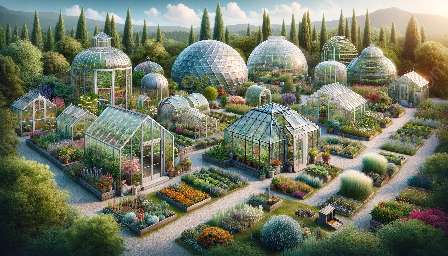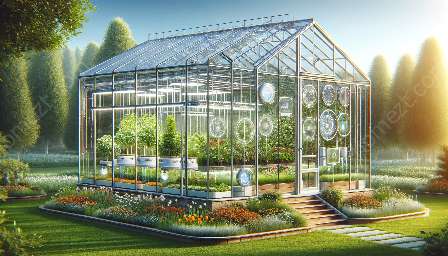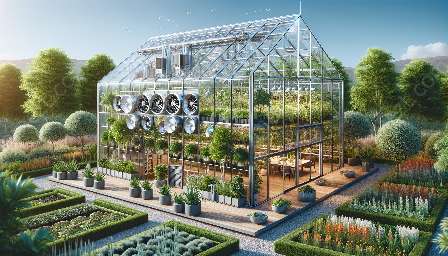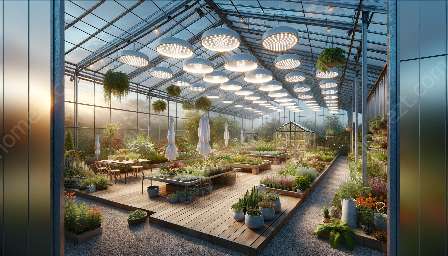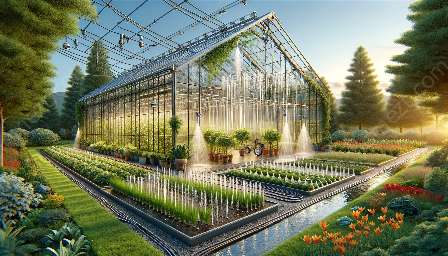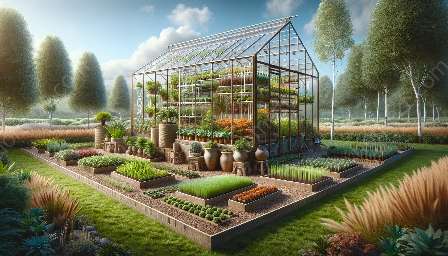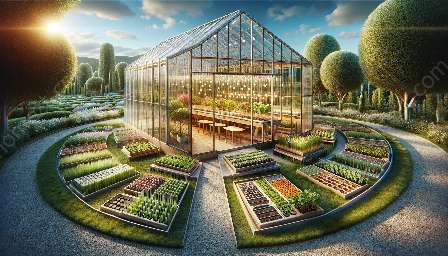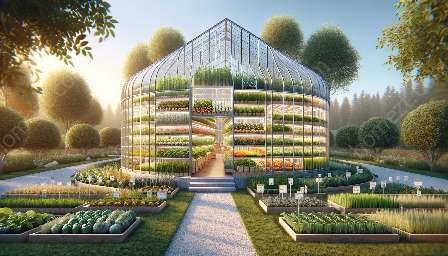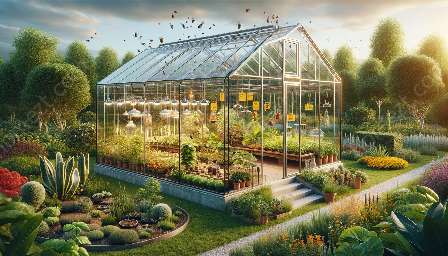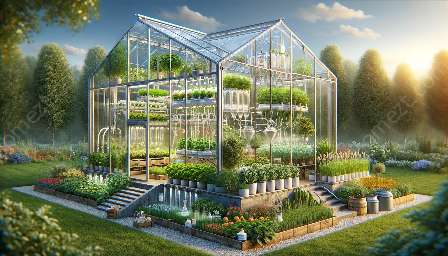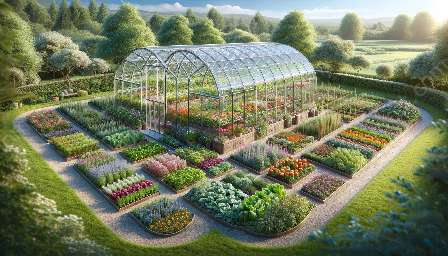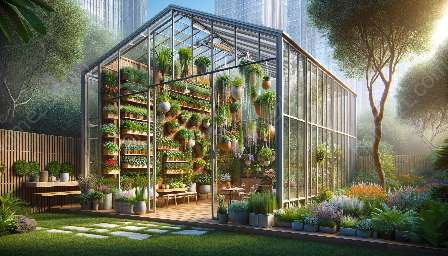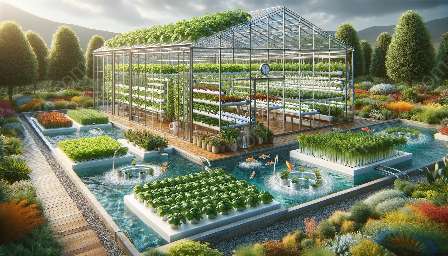Greenhouse gardening is a rewarding and sustainable way to grow crops year-round. One essential aspect of greenhouse gardening is crop rotation and succession planting, which play a crucial role in maintaining soil health and maximizing yield. In this guide, we'll explore the concepts of greenhouse crop rotation and succession planting and how they can be effectively implemented in your greenhouse gardening endeavors.
The Importance of Greenhouse Crop Rotation
Crop rotation involves the systematic planting of different crops in a specific sequence within the greenhouse. This practice offers numerous benefits, including:
- Preventing Soil Depletion: Planting the same crop in the same location season after season can deplete the soil of specific nutrients. Crop rotation helps maintain soil fertility and prevents nutrient imbalances.
- Reducing Pests and Diseases: Certain pests and diseases are specific to certain plant families. By rotating crops, you can disrupt the life cycles of pests and reduce disease pressure.
- Optimizing Nutrient Uptake: Different crops have varying nutrient requirements. Rotating crops allows the soil to replenish specific nutrients, promoting healthier plant growth.
Implementing Crop Rotation in the Greenhouse
Crop rotation typically involves dividing greenhouse space into different sections or beds and rotating the types of crops grown in each section annually. An effective strategy for implementing crop rotation in the greenhouse is to group plants based on their families or nutrient needs.
Understanding Succession Planting in the Greenhouse
Succession planting is the practice of replanting the same space with a new crop once the initial crop is harvested. This technique offers several advantages:
- Maximizing Yield: Succession planting allows you to continuously harvest crops from the same space, maximizing the productivity of your greenhouse.
- Optimizing Space Utilization: By replanting after each harvest, you can make the most of limited greenhouse space and ensure a constant supply of fresh produce.
Implementing Succession Planting in the Greenhouse
Implementing succession planting in a greenhouse involves careful planning and scheduling. You can stagger plantings of the same crop at regular intervals to ensure a continuous harvest. Additionally, selecting quick-maturing crops can help maintain a steady supply of fresh produce throughout the growing season.
Integrating Crop Rotation and Succession Planting for Sustainable Greenhouse Gardening
Crop rotation and succession planting are complementary techniques that can be integrated to achieve sustainable and productive greenhouse gardening:
- By combining crop rotation with succession planting, you can maintain soil health while maximizing the use of greenhouse space and resources.
- Both practices contribute to healthier plants, reduced pest pressure, and increased overall yield.
- Planning and record-keeping are essential for successful implementation of crop rotation and succession planting in the greenhouse. Keeping track of which crops were grown in each section and when they were planted and harvested allows for effective planning and rotation in subsequent seasons.
Conclusion
Greenhouse crop rotation and succession planting are essential components of sustainable greenhouse gardening. By practicing these techniques, greenhouse growers can promote soil health, reduce pest and disease pressure, and maintain a continuous supply of fresh produce throughout the year. Implementing crop rotation and succession planting requires thoughtful planning and a long-term perspective, but the benefits in terms of increased yield and sustainability make these practices well worth the effort.


